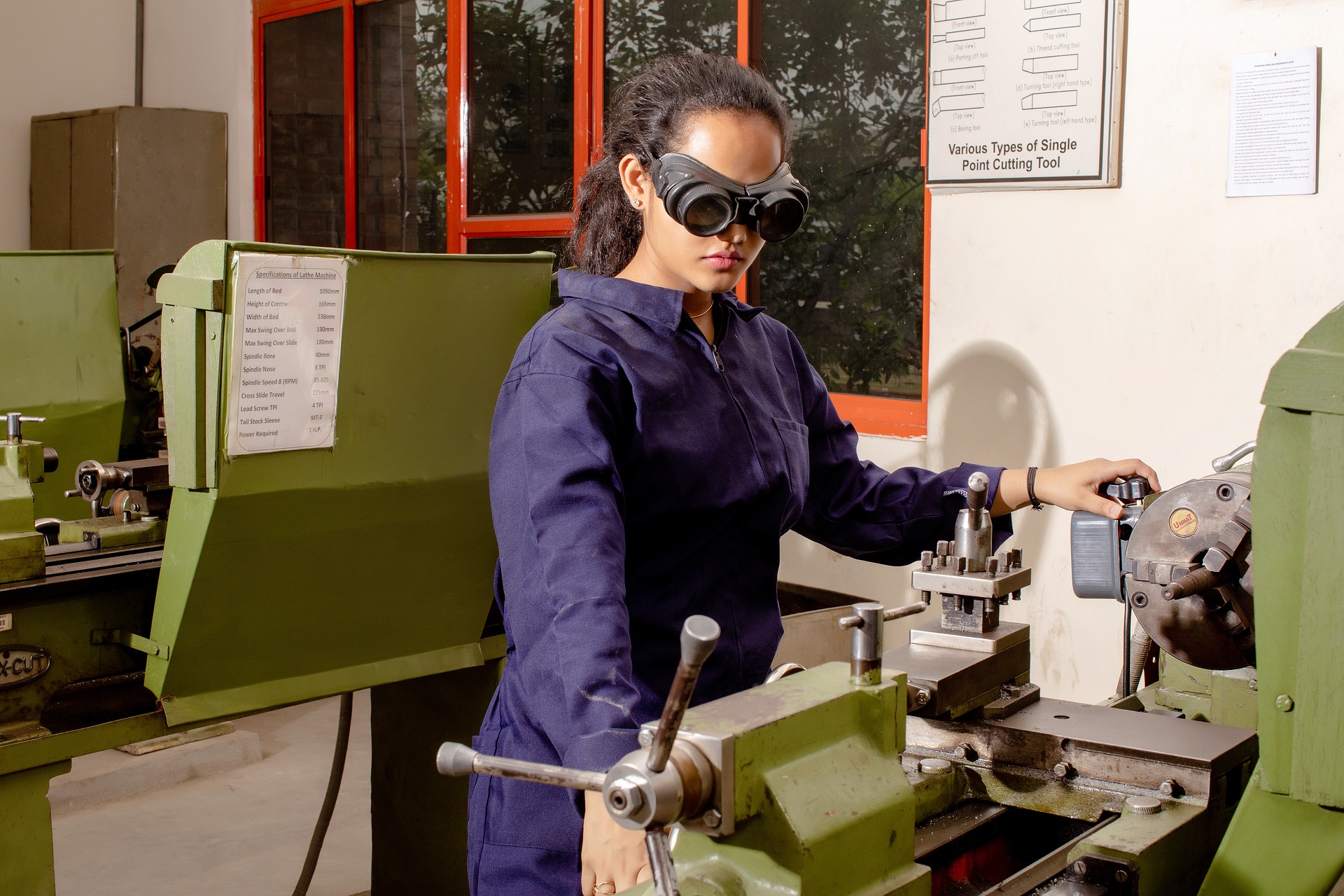Unlock Your Future: Explore Welding Apprenticeships for Career Success in 2025
The skilled trades sector continues to experience significant growth, with welding standing out as one of the most promising career paths for individuals seeking stable employment and competitive wages. Welding apprenticeships combine theoretical knowledge with practical experience, creating a pathway for newcomers to enter this essential industry while earning income during their training period.

Why Welding Apprenticeships Build Strong Career Foundations
Welding apprenticeships offer several advantages over traditional educational routes. These programs typically last between two to four years, during which apprentices work alongside experienced professionals while attending classroom instruction. The hands-on nature of apprenticeships allows students to develop real-world skills that employers value highly.
The structure of welding apprenticeships ensures that participants gain exposure to various welding techniques, including MIG, TIG, stick welding, and specialized processes used in different industries. This comprehensive training approach prepares apprentices for diverse career opportunities in construction, manufacturing, shipbuilding, aerospace, and pipeline work.
How Training and Certification Create Professional Opportunities
Professional welding requires mastery of multiple certification standards, depending on the intended work environment. The American Welding Society (AWS) provides widely recognized certifications that validate a welder’s skills across different processes and materials. These certifications often serve as prerequisites for employment in many industrial settings.
Training programs cover safety protocols, blueprint reading, metallurgy, and quality control procedures. Understanding these foundational concepts enables welders to work independently and make informed decisions about technique selection and material compatibility. Many apprenticeship programs also include training on automated welding systems and robotic equipment, reflecting the industry’s technological evolution.
The certification process involves both written examinations and practical demonstrations of welding skills. Maintaining certifications requires periodic recertification, encouraging continuous skill development throughout a welder’s career.
Hands-On Learning Opportunities in Real Industry Settings
Apprenticeship programs connect students directly with employers who need skilled welders. This arrangement benefits both parties: apprentices gain meaningful work experience while companies develop talent according to their specific operational requirements. Many apprentices receive job offers from their training employers upon program completion.
The variety of projects available through apprenticeships exposes trainees to different materials, environments, and quality standards. Some apprentices work on infrastructure projects, while others focus on precision manufacturing or artistic metalwork. This diversity helps individuals discover their preferred specialization areas.
Work environments for welding apprentices range from climate-controlled workshops to outdoor construction sites and underwater operations. Each setting presents unique challenges that contribute to a welder’s overall competency and adaptability.
Geographic Opportunities for Aspiring Welders Worldwide
Welding skills transfer across geographic boundaries, making this trade valuable for individuals seeking employment flexibility. Different regions may emphasize particular welding applications based on local industries, but the fundamental skills remain consistent globally.
Countries with significant infrastructure development, such as those in Asia and the Middle East, often seek experienced welders for large-scale construction projects. Oil and gas industries in various regions create demand for specialized pipeline welders. Maritime industries in coastal areas require welders familiar with marine-grade materials and corrosion resistance techniques.
International welding standards, such as those established by the International Organization for Standardization (ISO), facilitate skill recognition across borders. This standardization enables welders to pursue opportunities in different countries while maintaining their professional credentials.
| Program Type | Duration | Cost Range | Key Features |
|---|---|---|---|
| Community College Programs | 6 months - 2 years | $3,000 - $15,000 | Flexible scheduling, basic certifications |
| Union Apprenticeships | 3-4 years | Paid training | Full benefits, job placement |
| Private Trade Schools | 6-18 months | $5,000 - $25,000 | Intensive curriculum, equipment access |
| Employer-Sponsored Programs | 1-3 years | Typically free | Direct employment pathway |
Prices, rates, or cost estimates mentioned in this article are based on the latest available information but may change over time. Independent research is advised before making financial decisions.
Career Advancement Through Specialized Training
Experienced welders can pursue advanced certifications in specialized areas such as underwater welding, aerospace applications, or non-destructive testing. These specializations often command higher wages and provide access to unique project opportunities.
Leadership roles within welding operations, such as welding inspector or shop supervisor, require additional training in quality control and management principles. Many successful welders eventually start their own businesses, leveraging their technical skills and industry connections.
Continuing education opportunities help welders stay current with evolving technologies and materials. New developments in additive manufacturing and automated welding systems create opportunities for welders willing to expand their skill sets.
The welding industry’s consistent demand for skilled professionals, combined with the comprehensive training available through apprenticeship programs, makes this career path particularly attractive for individuals seeking stable, well-compensated employment. The combination of technical challenge, creative problem-solving, and tangible results appeals to many people considering career changes or entering the workforce for the first time.




